Krasukha: This series of EW ‘Belladonnas’ is designed to take on an array of aerial threats and jam enemy command and control across the X, KU and S-bands. From drones to aircraft avionics, the Krasukha jams radio signals at ranges up to 300 km.
Murmansk BN: Heavy-duty, long-range EW system silencing enemy C&C by shutting down HQ comms channels and those of units in the field alike. Mounted on KAMAZ trucks, the Murmansk BN has a jamming range up to 8,000 km. Finetuned against NATO HF frequencies from 3-30 MHz.
Rtut-2: The ‘Mercury-2’ system targets any and all enemy munitions with an electronic brain, creating a defensive dome up to 0.5 sq km across around critical objects and troops in the field. Carried by BTR-80 and MT-LB heavy tracked armored vehicles.
Borshchevik: This new EW system, light enough (30 kg) to be installed in the back of a pickup and used against Starlink satellites, has a 10 km range. Jamming forces satellites to consume energy and discharge their batteries while trying to transmit info.
RB-341V: This mobile EW and elint collection system specializes in UHF, VHF and GSM cellular jamming across an array of frequencies, and has an effective radius up to 6 km. Operates in coordination with Orlan-10 UAVs, which help seek out and disrupt signal emitters.
© Photo : Vitaly V. KuzminKrasukha-2 deployed at an arms expo.
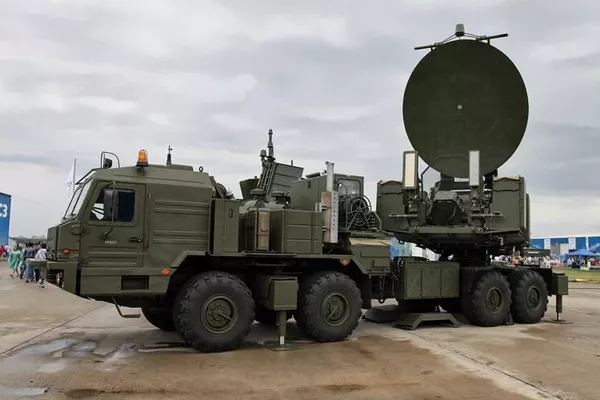
1/7
© Photo : Vitaly V. Kuzmin
Krasukha-2 deployed at an arms expo.
© Photo : Vitaly V. KuzminKrasukha-4 module deployed at a military expo. File photo.
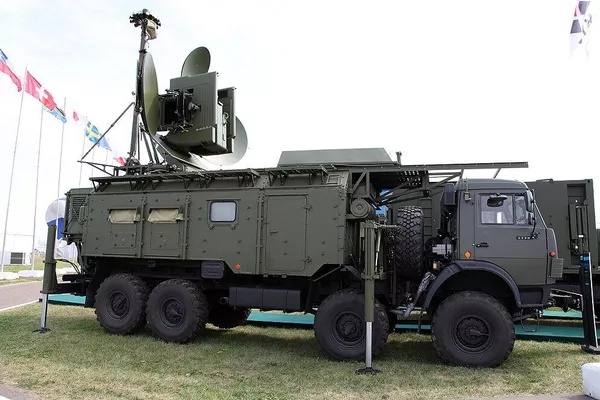
2/7
© Photo : Vitaly V. Kuzmin
Krasukha-4 module deployed at a military expo. File photo.
© Photo : Russian Ministry of DefenseMurmansk BN deployed at Northern Fleet drills. File photo.

3/7
© Photo : Russian Ministry of Defense
Murmansk BN deployed at Northern Fleet drills. File photo.
© Photo : Vitaly V Kuzmin1L262E Rtut-BM electronic warfare system on display at an arms expo. File photo.

4/7
© Photo : Vitaly V Kuzmin
1L262E Rtut-BM electronic warfare system on display at an arms expo. File photo.
© Photo : Wikimedia / MinvodaBorshchevik satellite jamming system being set up on the back of a pickup truck.
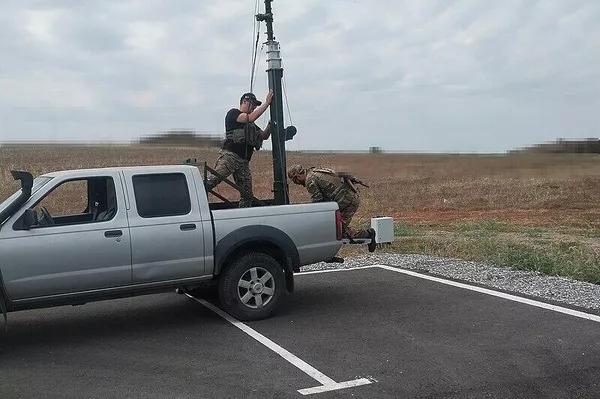
5/7
© Photo : Wikimedia / Minvoda
Borshchevik satellite jamming system being set up on the back of a pickup truck.
© Photo : mkpborshchevik.ruPrinciples of operation of the Borshevik, showing its capabilities in an urban environment (left) open fields and wooded areas (right). English-language translation of original Russian text.
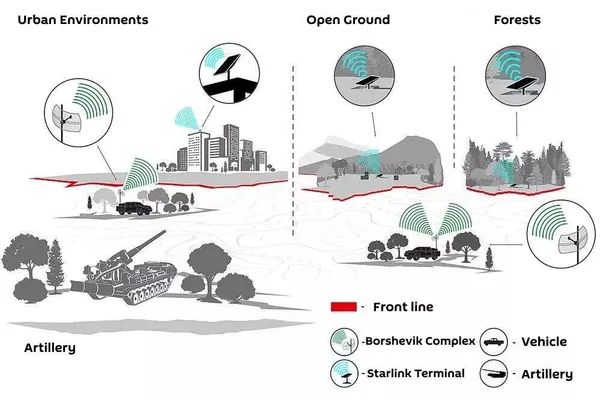
6/7
© Photo : mkpborshchevik.ru
Principles of operation of the Borshevik, showing its capabilities in an urban environment (left) open fields and wooded areas (right). English-language translation of original Russian text.
© Photo : Vitaly KuzminRB-341V 'Leer-3' electronic warfare system.
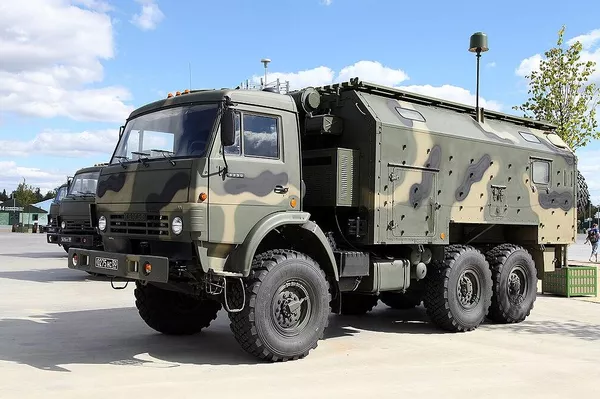
7/7
© Photo : Vitaly Kuzmin
RB-341V 'Leer-3' electronic warfare system.
1/7
© Photo : Vitaly V. Kuzmin
Krasukha-2 deployed at an arms expo.
2/7
© Photo : Vitaly V. Kuzmin
Krasukha-4 module deployed at a military expo. File photo.
3/7
© Photo : Russian Ministry of Defense
Murmansk BN deployed at Northern Fleet drills. File photo.
4/7
© Photo : Vitaly V Kuzmin
1L262E Rtut-BM electronic warfare system on display at an arms expo. File photo.
5/7
© Photo : Wikimedia / Minvoda
Borshchevik satellite jamming system being set up on the back of a pickup truck.
6/7
© Photo : mkpborshchevik.ru
Principles of operation of the Borshevik, showing its capabilities in an urban environment (left) open fields and wooded areas (right). English-language translation of original Russian text.
7/7
© Photo : Vitaly Kuzmin
RB-341V 'Leer-3' electronic warfare system.
Development Measured in Months, Not Years
Russia creates new and upgraded EW systems “approximately once every three months,” says air defense historian Yuri Knutov.
Russia’s EW dominance comes down to its systems’ power, “very wide frequency range coverage,” and most importantly, the sheer “number of stations,” Knutov says.
Why Russian Systems are Second to None
EW “is critical to efforts by the Russian Armed Forces to break enemy Command and Control (C2) and Intelligence, Surveillance and Reconnaissance (ISR) capabilities,” says EMP Task Force scholar David T. Pyne.
Russia has arguably “one of the best EW systems in the world,” thanks to its long-range GNSS jammers in particular, Pyne says.

16 November 2024, 15:46 GMT
What are the Origins of Russia's EW Advantage?
Electronic and radio engineering specialist David Stupples dates Russia’s modern EW capabilities to a 2007 decision by the president to radically upgrade its equipment and doctrine based on lessons gathered from US aggression against Iraq. This recognition of the key importance of electronic warfare has left the West “playing catch up” to this day, Stupples said.

 2 days ago
8
2 days ago
8






 We deliver critical software at unparalleled value and speed to help your business thrive
We deliver critical software at unparalleled value and speed to help your business thrive



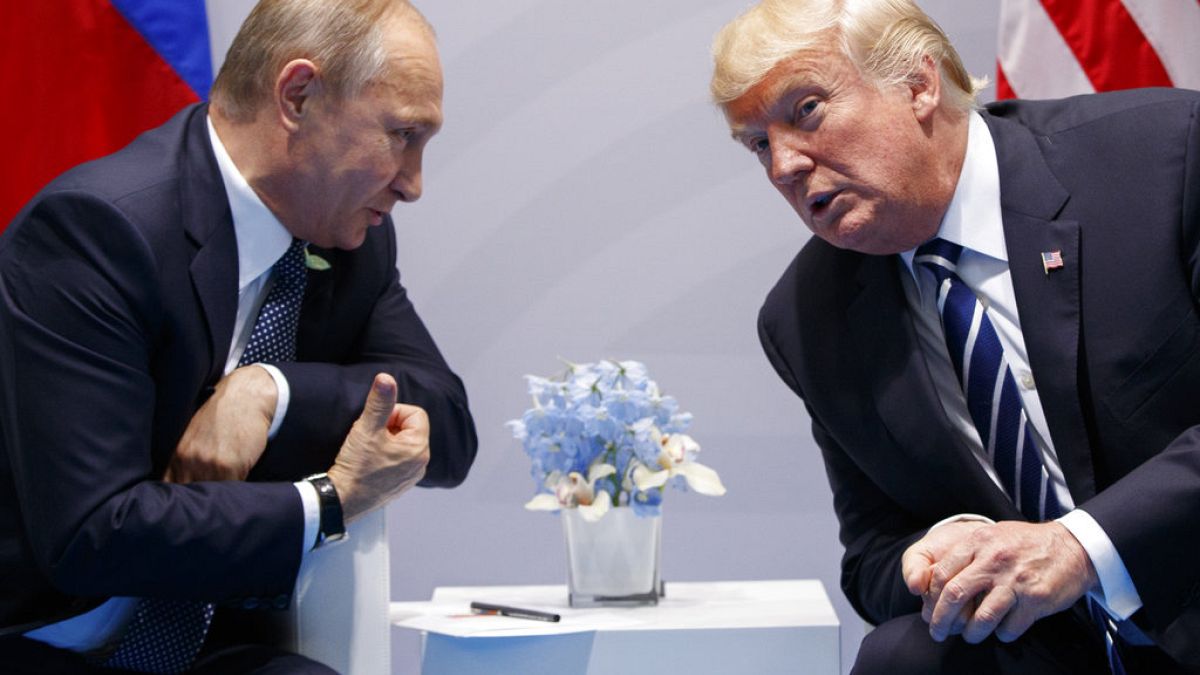


 English (US) ·
English (US) ·